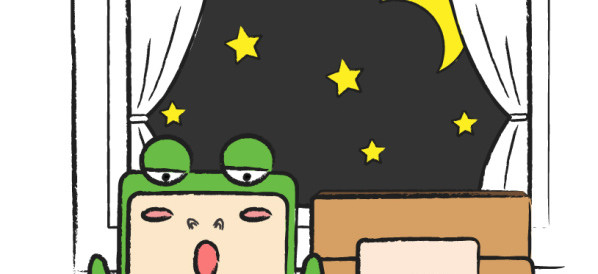 7 Termes
7 TermesAccueil > Termes > Kazakh (KK) > концептуалды өнер
концептуалды өнер
This term came into use in the late 1960s to describe a wide range of types of art that no longer took the form of a conventional art object. In 1973 a pioneering record of the early years of the movement appeared in the form of a book, Six Years, by the American critic Lucy Lippard. The 'six years' were 1966-72. The long subtitle of the book referred to 'so-called conceptual or information or idea art'. Conceptual artists do not set out to make a painting or a sculpture and then fit their ideas to that existing form. Instead they think beyond the limits of those traditional media, and then work out their concept or idea in whatever materials and whatever form is appropriate. They were thus giving the concept priority over the traditional media. Hence Conceptual art. From this it follows that conceptual art can be almost anything, but from the late 1960s certain prominent trends appeared such as Performance (or Action) art, Land art, and the Italian movement Arte Povera (poor art). Poor here meant using low-value materials such as twigs, cloth, fat, and all kinds of found objects and scrap. Some Conceptual art consisted simply of written statements or instructions. Many artists began to use photography, film and video. Conceptual art was initially a movement of the 1960s and 1970s but has been hugely influential since. Artists include Art & Language, Beuys, Broodthaers, Burgin, Craig-Martin, Gilbert and George, Klein, Kosuth, Latham, Long, Manzoni, Smithson.
- Partie du discours : nom
- Synonyme(s) :
- Blossaire :
- Secteur d’activité/Domaine : Histoire de l'art
- Catégorie : Histoire de l'art générale
- Company: Tate
- Produit :
- Acronyme-Abréviation :
Autres langues :
Commentaires
Les termes dans Actualités
Termes en vedette
тартылу
the act of stretching oneself and yawning
Contributeur
Blossaires en vedette
Browers Terms By Category
- Histoire de l'art générale(577)
- Arts visuels(575)
- Renaissance(22)
Histoire de l'art(1174) Terms
- Salle de bal(285)
- Danse du ventre(108)
- Menage de ban(101)
- Chorégraphie(79)
- Danse historique(53)
- Africain-américain(50)
Danse(760) Terms
- Outils à main(59)
- Outils de jardin(45)
- General tools(10)
- Outils de construction(2)
- Pinceaux(1)
Outils(117) Terms
- Termes zoologiques(611)
- Verbes animaliers(25)
Zoologie(636) Terms
- Salons de coiffure(194)
- Laverie(15)
- Soins vétérinaire(12)
- Produits de soin à date expirée(3)
- Gymnases(1)
- photographie de portrait(1)




